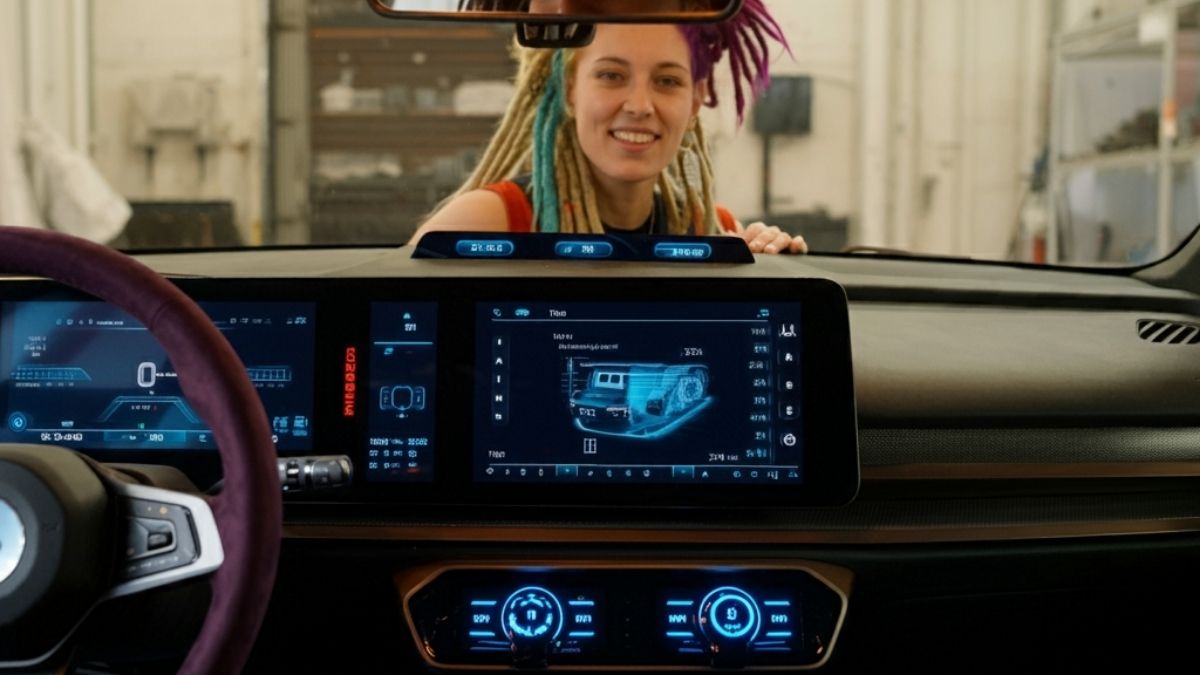While the recently announced $1B fund for improved EV infrastructure is a solid step forward much more will be needed to prevent the near certainty of China owning the 2030 EV market.
Right now, the US, and every country building EVs that isn’t China are worried that China will, once sanctions and tariffs are dopped, immediately own the car industry once the flip to EVs is complete. A good deal of the reason China is increasingly dominant is the massive support Chinese EV makers get from their government. The US is funding their own EV market expansion initially with EV car subsidies that mostly helped Tesla become the giant it is today and recently they announced another $1B in a fund to provide low-cost loans to EV infrastructure companies in order to bolster the domestic industry.
This still won’t be enough to fight both China’s massive EV expansion and economic advantages, nor does it mitigate the substantial amount of resistance to this move from the Petrochemical industry and the political players that are influenced or supported by it.
However, being critical about an effort that does move the ball forward because it, alone, isn’t enough is foolish. Massive moves like the move to EVs require a lot of support and anything that provides that support is helpful, and this fund is helpful. Let’s talk about how it could help the EV industry.
How the $1B EV Fund Could Help The EV Auto Industry
One of the big differences between ICE (Internal Combustion Engine) vehicles and EVs is the aftermarket. While you can get accessories for EVs they tend to be focused on the common elements EVs have with their ICE alternatives. These are things like seat covers, floor mats, wrap, dash cameras, radar detectors, etc. But there are accessories that specifically could be used for EVs like better options for the 12-volt batteries most all still carry, performance upgrades, and parts that are specifically designed to improve the EV driving experience.
Now there are some limited groups of products that do this today but not much choice. Things like power adapters, chargers, charging extension cords, portable solar panels, and portable batteries to recharge the cars and used like a gas can, and apps that point you to available charging stations. But performance enhancement apps like Carly don’t work well with EVs because they were designed for ICE cars.
This fund could not only help the aftermarket with accessories but fund aftermarket services which are lacking as well. For instance, there are currently few automotive mechanics that can work on EVs which can be very painful should you buy a car where a dealership isn’t near you. This was a huge problem with my Jaguar I-Pace as the dealer was 180 miles away and my first I-Pace was badly damaged the first time it was trailered and then totaled the second time (the tow truck driver strapped the car down by the battery supports breaking the battery which cost more than the car was worth to replace).
This is one of the annoying problems with EVs now as the dealers can be limited (Rivian, Polestar), or they may not have enough mechanics trained on EVs (almost every other ICE dealer) which is problematic for getting anything fixed timely.
Finally, parts have been a huge problem for EVs, often a repair that may be simple to accomplish, can take months waiting for parts. For instance, my second I-Pace got a rock through the window which cost $4k (insurance paid for it) to replace and it took 3 months to locate the glass in Europe.
The EV industry lacks enough focused parts suppliers to ensure a fast repair turnaround and this fund should close that gap significantly.
Wrapping Up:
The EV market is still in its early stages and, as a result, it still lacks the levels of parts, aftermarket, maintenance, and support infrastructure enjoyed by ICE vehicles. While the $1B Fund to help grow small businesses around this market is a good step towards closing this gap, it won’t fully mitigate the massive funding China is putting into becoming the next automotive market leader. Until that funding is offset, China’s path to automotive dominance will still be assured.
So, while this is a good step forward, more will be needed in order to prevent China from owning this market by 2030.
Rob Enderle is a technology analyst at Torque News who covers automotive technology and battery development. You can learn more about Rob on Wikipedia and follow his articles on Forbes, X, and LinkedIn.





